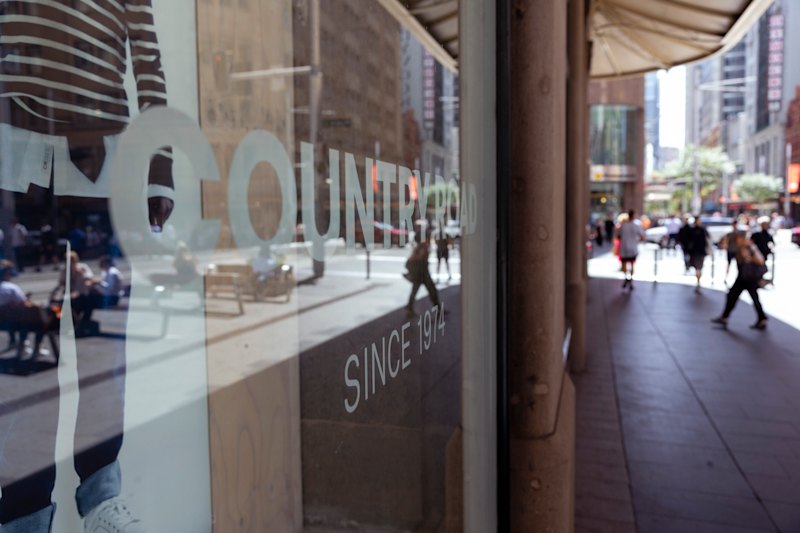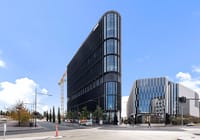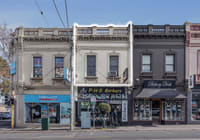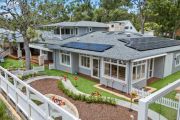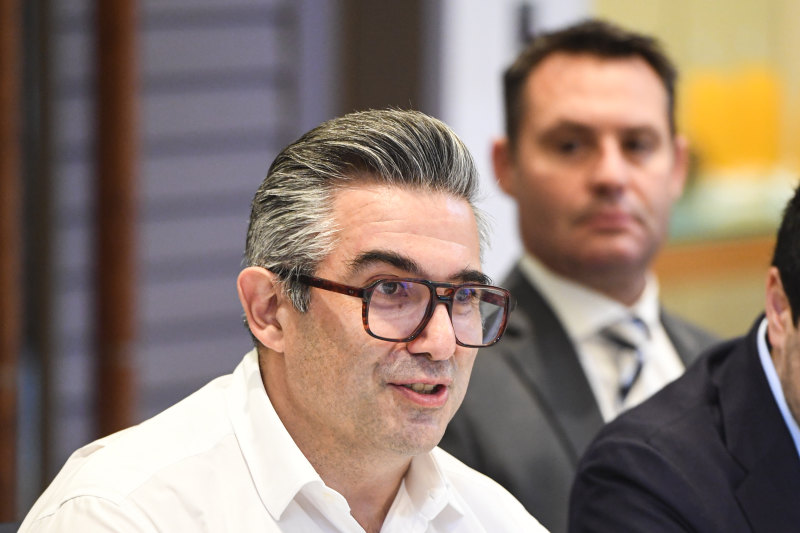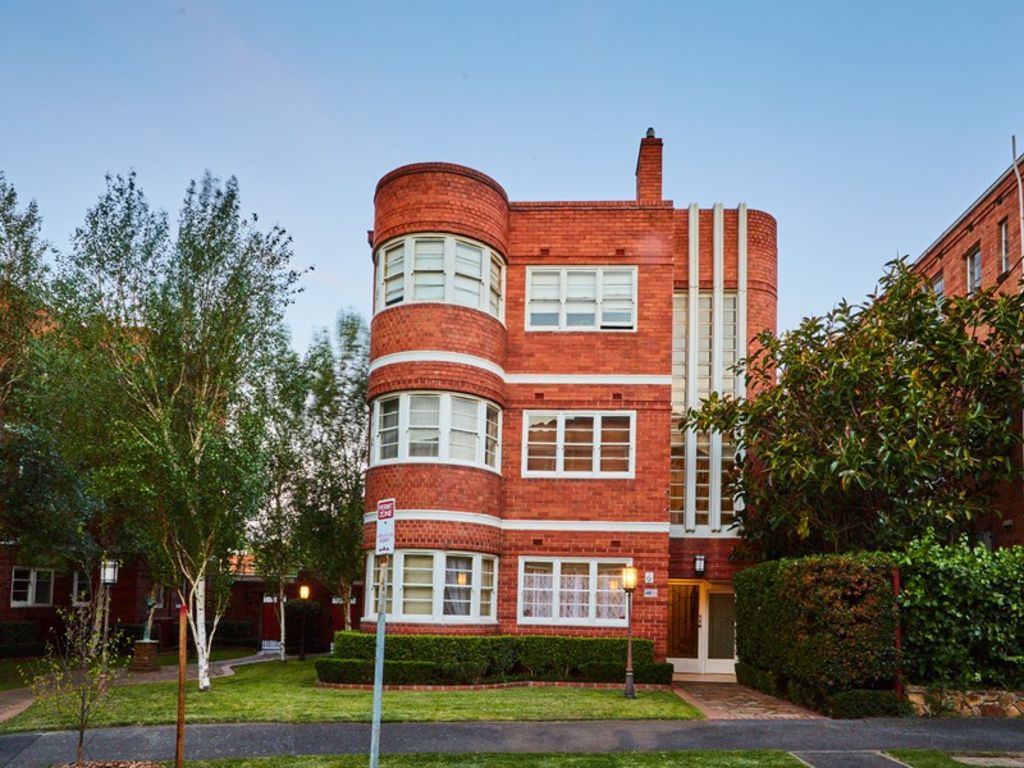
Investor scoops up two art deco apartment blocks in East Melbourne for more than $6 million
Investor demand for apartment blocks in Sydney and Melbourne looks set to continue into 2020, with a resurgence in residential values helping to drive strong results for these properties in the lead-up to Christmas.
In Melbourne, an investor purchased two blocks of 1940s art deco apartments in East Melbourne at auction last week, paying a total of $6.66 million.
The first, 6 Garden Avenue, consisting of six one-bedroom apartments, sold for $3 million, representing a yield of 2.84 per cent. The second, 12 Garden Avenue, which consists of nine studio apartments, sold for $3.66 million, on a yield of 3.22 per cent.
Both sales were managed by CBRE’s Melbourne city sales and development sites team of Dylan Kilner, Julian White and Chao Zhang.
“Buyers are motivated to act on assets just like this at present,” said Mr Kilner, adding that predictions of Melbourne’s residential property market reaching new heights in 2020 were helping to rally interest in these buildings.
“With the residential market strengthening and a predicted undersupply of residential accommodation, blocks of flats are considered an excellent investment option, which is resulting in some extremely tight net returns.”
The two blocks of flats originally housed American army officers visiting Australia.
Such is the demand for apartment blocks that CBRE has decided to bring another to auction in the week prior to Christmas, traditionally a quiet period for the commercial property market.
The firm will auction 35 McArthur Street, Malvern – which has six two-bedroom apartments with a permit to build an additional townhouse – on December 18.
Meanwhile Sydney’s apartment block market has seen plenty of action in 2019, including the $20 million sale of a 10-unit block in the prestigious suburb of Waverley, in the city’s east, in July.
But the demand for apartments isn’t restricted to traditional blue ribbon suburbs.
A block of six strata-titled units on a 733-square-metre parcel at 61 Goulbourn Street, in the western Sydney suburb of Liverpool, sold for $2,262,500 on December 5 – the first time it had changed hands since its construction in the 1980s.
The partially leased asset was attractive to investors as well as developers, especially for its B4 mixed-use zoning.
The property, which sold under the hammer to an investor on a yield of 3 per cent, is currently generating an income of $69,000 a year, and when fully occupied could fetch $102,000 a year.
“This type of asset class is very popular in the market at the moment. Investors are looking for a steady income stream with potential future ‘upside’ – be it through renovation, development or capital growth,” said Ray White Commercial NSW – metropolitan Sydney principal Jeff Moxham.
Planned infrastructure upgrades in Liverpool – including upgrades to the local hospital – would likely boost the property’s future capital value, said Ray White associate director Samuel Hadgelias.
“Opposite Liverpool Hospital and near to the Liverpool innovation precinct, this property will reap the benefits of the government’s $740 million injection for refurbishment and upgrades of the hospital, which will further contribute to the prosperity and growth of the area,” Mr Hadgelias said.
Upside, title the two biggest considerations
Several trends have emerged in the apartment block market during the past year, according to Stephen Speck of Vinci Carbone Property.
Mr Speck handled the sale of a portfolio of Melbourne assets, including several apartment blocks in the suburbs of Ascot Vale, Essendon, Fawker, Glenroy, Box Hill and Chadstone, on behalf of a local family of investors in November for more than $25 million.
He said that apartment blocks were popular with investors keen to park their money in a higher-returning asset than a term deposit but without the complexity of other commercial investments.
“They’re popular with mum-and-dad investors or builders who can do things themselves in terms of maintenance and improvements. They can park their money there and the advantage is that if one apartment is vacant they still have money going in – that’s the advantage over having a single shop, for example.”
While sales had been strong, there were clear signs of a two-tiered market in Melbourne, with buyers showing a preference for strata-titled assets that haven’t been renovated.
“If it’s old and in poor condition but it’s strata titled it’s going to sell for the same as a renovated single-titled block,” Mr Speck said.
“Of the bigger sites we sold everybody intends on renovating at some stage, some were flippers and others intended to hold long term.”
With yields that are closer to houses and standalone apartments than other commercial investments, finding opportunities to unlock future capital value was the key for many buyers – while blocks that had already been renovated were proving less popular.
“All of the assets I’ve seen demand for have been quite tired and they’re all strata titled,” Mr Speck said.
“The main interest we’ve had were people wanting to add value, whether it was renovating it and selling down apartments individually or increasing rents. People prefer to go to the bank and ask for a smaller initial mortgage for a rundown asset than a larger one for a newly renovated property.”
The other trend to emerge in the Melbourne market is a preference for investors buying close to home.
“A lot of buyers are very territorial. They know the area well and they invest in those areas,” Mr Speck said.
“We’ve been given a few off-market opportunities and sent them through to under bidders and they’ve said they don’t want to be on that side of town – they want to be able to drive to it and look after it. It makes sense, that’s where people are able to make these things stack up [by self-managing].”

